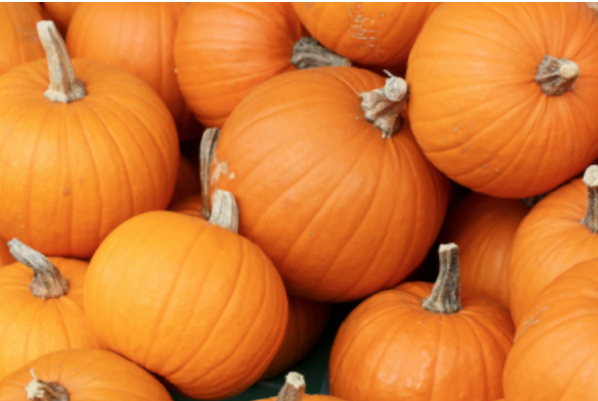by Michelle Kizer
Every year many of us celebrate the wonderful tradition of Thanksgiving by sharing a great meal with family and friends. This time together gives us all a chance to celebrate our gratitude for the good things in life. So keeping with the spirit, let’s double our fun and celebrate another tradition that we should all be thankful for: the tradition of grammar mechanics! Yes, this means ending punctuation, commas, colons, and semicolons! While grammar mechanics may not sound like something to appreciate, without it our writing would be chaos!
Periods, Question Marks and Exclamation Points
1. Always use a period at the end of a complete sentence that is a statement.
Example:
I will be preparing the dinner for Thanksgiving this year.
2. Always use a question mark at the end of a direct question.
Example:
How long do I need to cook the turkey?
3. Always use an exclamation point to express strong emotion in a sentence.
Example:
This green bean casserole tastes great!
Remember that all ending punctuation goes inside of a closing quotation mark.
Commas
1. Use a comma before a coordinating conjunction to link two simple sentences.
Coordinating conjunctions are FANBOYS: (for, and, nor, but, or, yet, so)
Example:
I would love to taste the pie, but I am allergic to chocolate.
2. Use a comma to separate items in a series.
Example:
For dessert, I ate a piece of pumpkin pie, a piece of chocolate silk pie, and a scoop of vanilla ice cream.
3. Use a comma after an introductory phrase.
Example:
If you do not at least try the stuffing, you will regret it.
4. Use a comma to set off quotes.
Example:
My neighbor said, “Wow, I could smell your turkey from my house!”
Colons
1. Use a colon to introduce an appositive.
An appositive is when two nouns or noun phrases are placed side by side, with one of the nouns serving to define or clarify the other.
Example:
Every year my mother fixes the same Thanksgiving meal: turkey, ham, potatoes, and green beans.
2. Use a colon when inserting a quotation.
Example:
In light of how we celebrate the holidays, it is important to remember the words of Shakespeare: “Small cheer and great welcome makes a merry feast” (“Famous Quotes…”).
3. Use a colon when making a list.
Example:
My Thanksgiving break consisted of the following activities: sleep, eat, and watch TV.
4. Use a colon between two independent clauses if the second clause summarizes, explains, or gives an example for the first clause.
Example:
On Thanksgiving, my mom only had to say two words: eat now!
5. Use a colon to separate certain elements, such as after salutations, between hours and minutes to indicate time, between numbers to show proportions, or between a title and a subtitle.
Example:
Dear Sir:
6:30 A.M.
The ration of students to teachers was 15:2
“The Mind in the Poem: Wyatt’s ‘They Fle from Me’”
Semicolons
There are three main uses of the semicolon.
1. Use a semicolon to separate two closely related complete sentences that are not joined together by a coordinating conjunction.
Example:
Be careful to baste the turkey often while cooking; you will be glad you did when you taste it.
2. Use a semicolon to separate complete sentences linked with a transitional expression.
Transitional expressions are terms such as however, accordingly, moreover, furthermore, therefore, nonetheless, and meanwhile.
Example:
On Thanksgiving, I ate enough food for ten people; therefore, I did not eat again for a week.
3. Use a semicolon to separate items in a series or list when other punctuation marks are already within the sentence.
Example:
On Thanksgiving, I am very thankful for my mother, who has always taken care of me; my dad, who has always supported my dreams; and my sister, who has always been my friend any time I need her.
“Punctuation marks are the road signs placed along the highway of our communication–to control speeds, provide directions, and prevent head-on collisions.”
—Richard Nordquist
References
“Famous Quotes Related to Thanksgiving.” fundootimes.com. Fundoo Times, n.d. Web. 18 Oct. 2013.
Mckeever, Rosemary. Writing Skills: Punctuation. Butte College, 21 Feb. 2012. Web. 18 Oct. 2013.
Nordquist, Richard. Words & Sentences. About.com, 2013. Web. 18 Oct. 2013.

